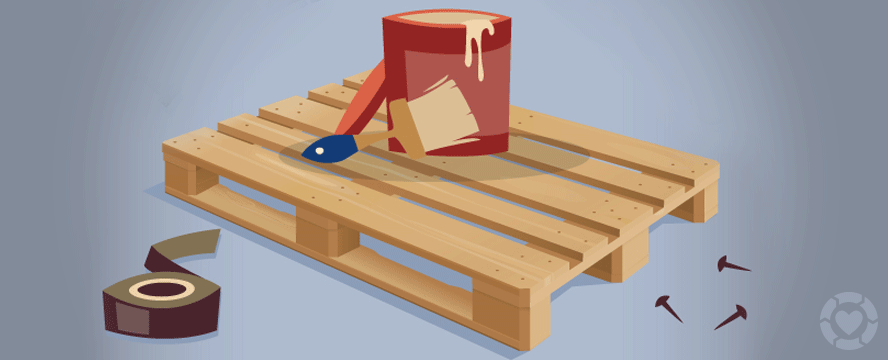Discover The Exciting Journey Of Reconditioning Vintage Cupboards, Subjecting Unimaginable Stories And Disclosing The Mysteries Of History
Discover The Exciting Journey Of Reconditioning Vintage Cupboards, Subjecting Unimaginable Stories And Disclosing The Mysteries Of History
Blog Article
Developed By-Stephenson McMahan
To start the trip of restoring antique closets, you require a keen eye for detail. Imagine discovering covert secrets within each layer of history ingrained in the wood. Image the satisfaction of revitalizing a once-forgotten piece to its former magnificence. Every action of this meticulous procedure holds the key to protecting the past while creating a future treasure. So, are you prepared to start this transformative undertaking and unlock the capacity of your antique cabinets?
Analyzing the Closet's Problem
When beginning the repair process, beginning by examining the condition of the antique cabinet. Meticulously examine the total structure for any type of indications of damages such as fractures, chips, or loose joints. Examine https://new-home-inspection-cost08642.blogitright.com/27928898/create-your-desire-cooking-area-with-a-personalized-cupboard-maker for any rot, bending, or insect invasion that may have taken place with time. It's essential to identify the extent of the restoration required prior to continuing better.
Next off, evaluate the cabinet's equipment such as hinges, knobs, and locks. Make note of any kind of missing pieces or parts that require repair service or replacement. Ensure that all hardware is operating properly and securely connected to the cabinet.
Furthermore, review the cupboard's finish. Search for any kind of scratches, stains, or discoloration that might influence the aesthetic allure. Figure out if the coating needs to be removed and reapplied or if a basic touch-up will be sufficient.
Collecting the Required Devices and Products
After assessing the problem of the antique cabinet, the following action is to collect the needed tools and materials for the remediation process. Before you start, guarantee you have the following things on hand:
- timber cleaner
- sandpaper in numerous grits
- wood filler
- paint or timber tarnish
- brushes
- gloves
- security goggles
- a dirt mask
- a drop cloth
- a putty blade
- a hammer
- a screwdriver
- a hoover
These tools and products are vital for an effective repair.
Wood cleaner is vital for removing years of dust and crud accumulation, preparing the surface area for fining sand. Sandpaper of different grits aids in raveling imperfections and preparing the timber for a new surface. Timber filler is handy for repairing any kind of splits, holes, or damages present in the cabinet.
Repaint or timber discolor, in addition to brushes, enable you to customize the closet to your preference. Keep in mind to use gloves, safety and security goggles, and a dirt mask for defense. Set https://cristianxchlq.dbblog.net/1048965/custom-made-cabinets-introduced-a-novice-s-overview-to-designing-your-desire-kitchen-area to safeguard your workspace, and make use of a vacuum cleaner to clean up any kind of particles.
With these devices and products gathered, you prepare to begin the remediation process.
Carrying Out the Restoration Process
To successfully carry out the remediation process on your antique cabinet, start by completely cleaning up the surface area with the timber cleaner. This step is crucial as it assists eliminate years of dirt, gunk, and old polish that may have accumulated externally.
When the cupboard is tidy and completely dry, analyze the condition of the wood. Look for any kind of fractures, scratches, or other problems that require to be dealt with. Use wood filler to fix any kind of imperfections, ensuring to match the filler color to the timber tone for a seamless coating.
After the fixings have actually dried out, delicately sand the entire surface to develop a smooth and also base for the new surface. Beware not to sand also aggressively, as you do not want to damage the wood underneath.
When the sanding is complete, use a wood stain or end up of your selection, following the maker's directions. Allow the finish to completely dry totally prior to using a protective leading coat to ensure the long life of your recovered antique cabinet.
a knockout post
Since you have finished the remediation process, your antique cabinet looks just as good as brand-new.
By following the step-by-step guide, you were able to analyze, repair, and enhance its problem with ease.
With a fresh surface and safety top layer, your cherished piece will remain to radiate for several years to come.
Take pleasure in the beauty of your restored antique cupboard!
